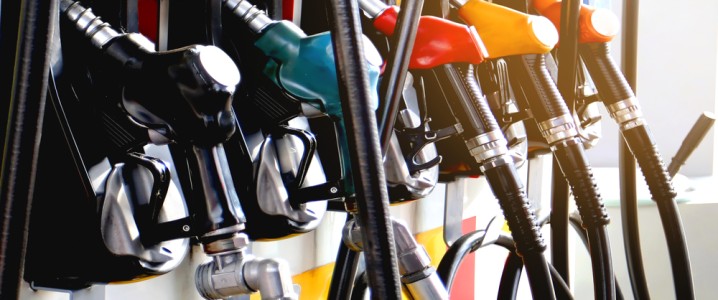California lawmakers this weekend passed Senate Bill 237, a sweeping measure designed to revive in-state crude production in response to declining refining capacity, rising import dependence, and widespread concern about gasoline prices. The new law allows up to 2,000 new oil well drilling permits per year in Kern County beginning January 2026, with the explicit objective of pushing California oil producers to supply close to 25% of the crude used by the state’s refineries.
According to the California Energy Commission, the state produces approximately 119,000 barrels per day (bpd) of crude oil, which currently supplies around 23% of crude feedstocks for its in-state refineries. That means nearly three-quarters of its crude comes from out-of-state, fueling concerns about supply stability and cost.
The loss of refining capacity in California has only added to the need for reform, with two major refineries set to shut down by late 2025 or April 2026. Combined, these closings are expected to remove about 17% of the state’s gasoline production capacity, greatly increasing California’s reliance on imported fuels.
SB 237 reflects shifting political priorities in Sacramento. With Governor Gavin Newsom widely anticipated to run for president in 2028, gas prices at the pump have become especially politically sensitive. Lawmakers are under pressure from constituents, particularly as refining capacity drops and fuel supplies tighten.
Opponents of the bill warn that it will undermine environmental protections, increase local pollution, and may do little to actually lower gas prices. They point out that refinery closures stem not only from lack of crude supply but from regulatory, market, and climate policy pressures. Even with increased oil well permits, the bottlenecks of refinery capacity, transportation, blending requirements, and environmental compliance may still limit how much benefit accrues to consumers.
Starting in January 2026, Kern County will become the focal point for implementation. The practical effects will depend heavily on how quickly well permits are approved, how much additional crude is produced, and whether refineries can ramp up or sustain operations. At the same time, closures of Phillips 66 and Valero refineries may leave physical infrastructure gaps that simply cannot be immediately filled, especially given California’s unique fuel specification requirements and environmental regulatory environment.
By Charles Kennedy for Oilprice.com
More Top Reads From Oilprice.com

